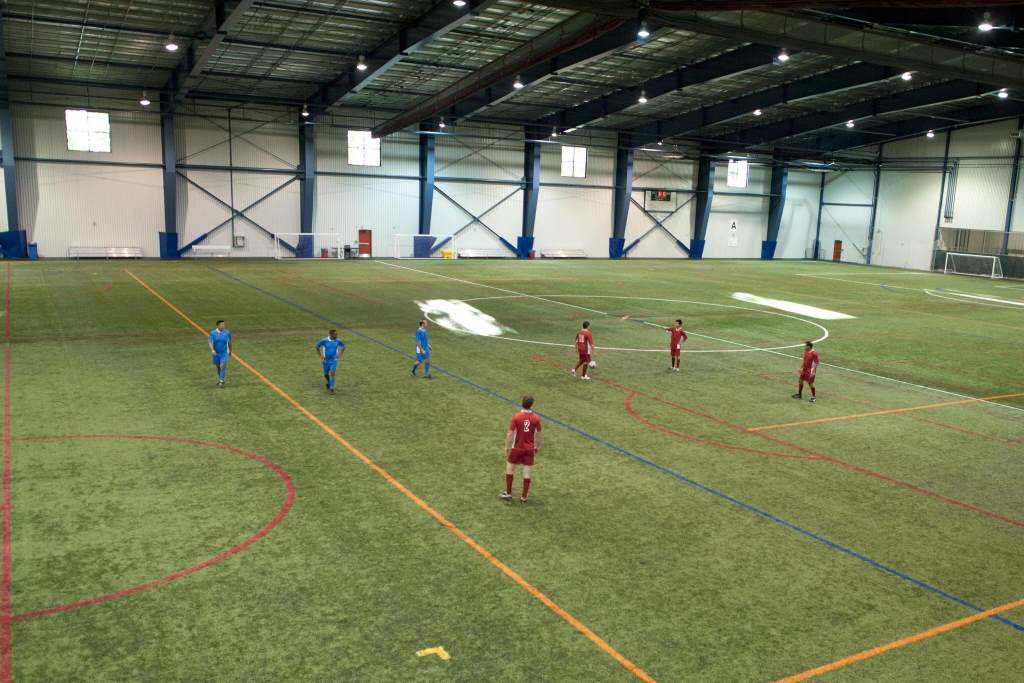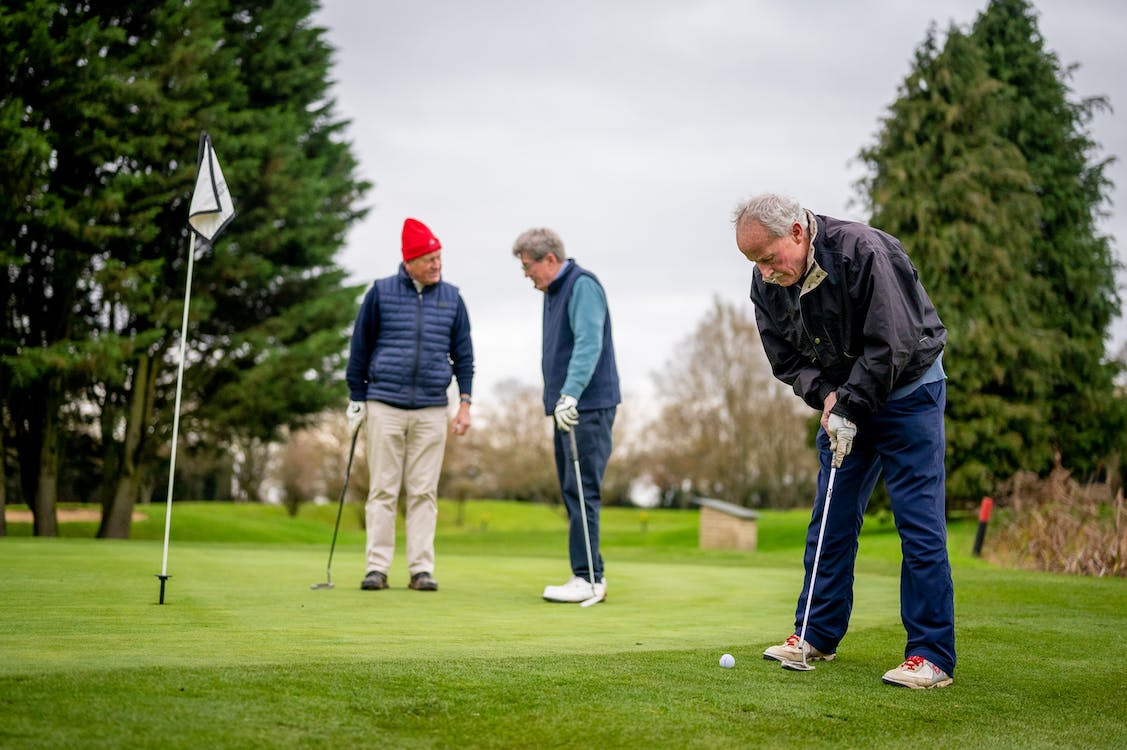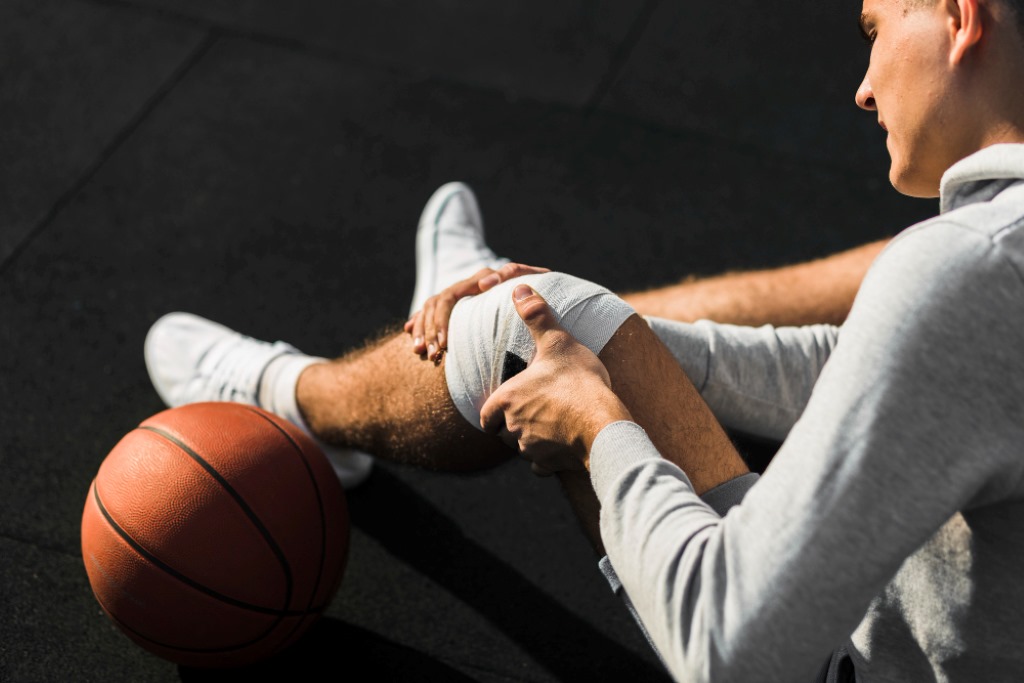In recent years, the landscape of sports complexes has witnessed a significant transformation with the widespread adoption of artificial turfs.
From football fields to tennis courts, and even golf greens, synthetic turfs have become a ubiquitous feature in modern sports infrastructure.
This article delves into the myriad benefits that artificial turfs bring to diverse sports complexes, exploring their impact on performance, safety, and sustainability.
Performance Enhancement
Artificial turfs, such as the high-quality options provided by Colorado Springs Turf, excel in enhancing performance through their consistent playing surface, durability, and superior ball control.
Athletes benefit from a stable platform to refine their skills, resulting in higher-quality gameplay across various sports. With synthetic turfs, sports complexes can maintain peak performance levels year-round, facilitating optimal training and competition experiences for athletes of all levels.
1. Consistent Playing Surface
One of the primary advantages of artificial turfs is the consistency they offer in playing surface. Unlike natural grass, which can vary in quality due to weather conditions and maintenance, synthetic turfs provide a uniform playing field regardless of external factors.
This consistency allows athletes to hone their skills with precision, facilitating better performance and gameplay.
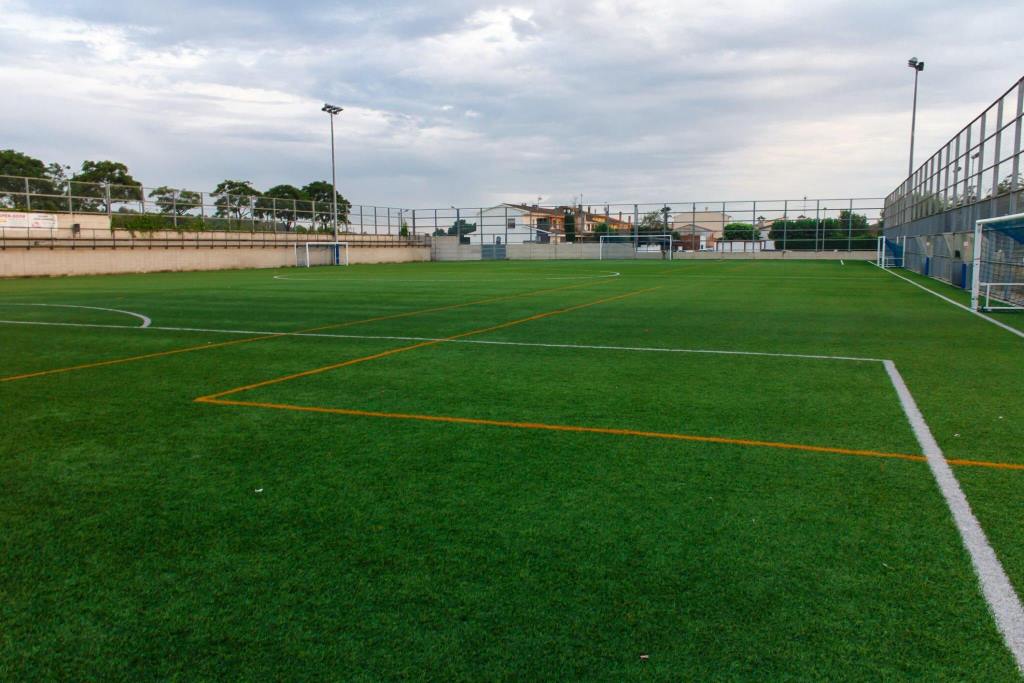
2. Durability
Artificial turfs are renowned for their durability, withstanding heavy usage and adverse weather conditions without deteriorating.
This resilience ensures that sports complexes can host a multitude of events without the need for frequent maintenance or replacements, thereby reducing downtime and operational costs.
3. Enhanced Ball Control
The uniformity of artificial turfs contributes to enhanced ball control, providing athletes with a predictable surface to maneuver and execute their techniques.
Whether it’s the precise dribbling in soccer or the powerful serves in tennis, synthetic turfs offer the stability and grip required for optimal performance, thereby elevating the overall quality of gameplay.
Safety Measures
Artificial turfs prioritize safety by minimizing injury risks through their level of surface and weather resilience. Athletes enjoy reduced chances of tripping or twisting, thanks to the consistent shock absorption properties of synthetic turfs.
Furthermore, their ability to withstand extreme weather conditions ensures continuous play without compromising athlete well-being, making them an ideal choice for sports complexes prioritizing safety and performance alike.
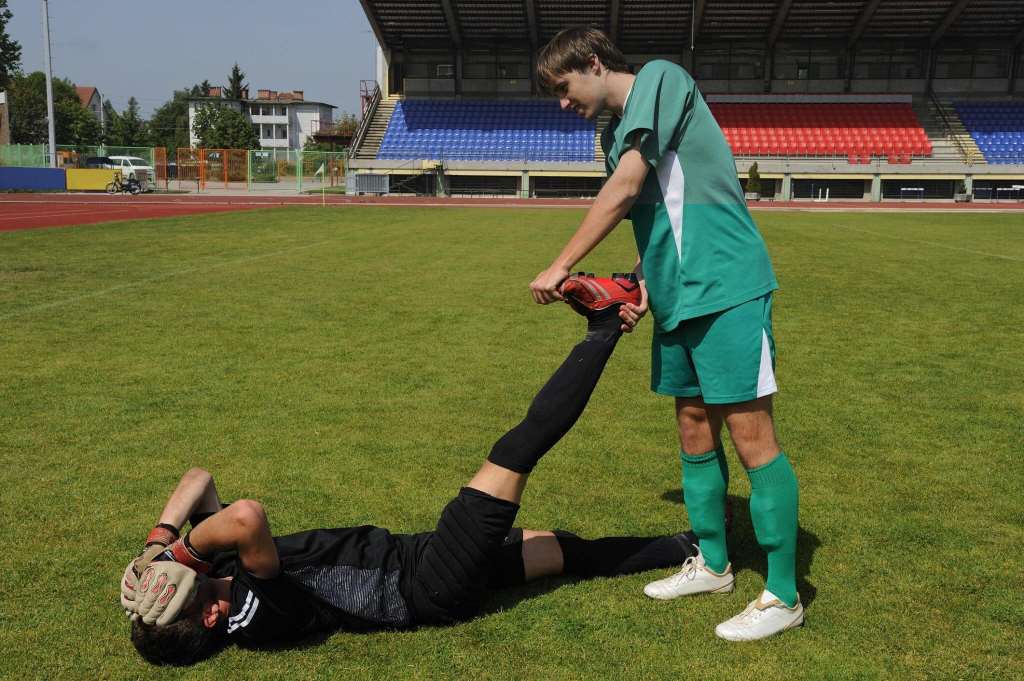
1. Injury Prevention
Artificial turfs play a crucial role in injury prevention by offering a level surface with consistent shock absorption properties.
Unlike natural grass, which can become uneven and prone to divots, synthetic turfs minimize the risk of tripping and twisting, thereby reducing the incidence of injuries among athletes.
Additionally, advanced turf technologies incorporate shock pads and infills to further cushion impact, ensuring a safer playing environment for all.
2. Weather Resilience
Extreme weather conditions, such as heavy rain or intense heat, can render natural grass fields unsuitable for play, posing safety hazards to athletes.
In contrast, artificial turfs remain resilient in adverse weather, maintaining their integrity and performance characteristics regardless of external conditions. This weather resilience ensures that sports complexes can operate seamlessly year-round, without compromising on safety or gameplay quality.
3. Environmental Sustainability
Artificial turfs contribute to environmental sustainability by conserving water, reducing chemical usage, and promoting long-term viability.
With minimal water requirements compared to natural grass, synthetic turfs conserve a precious resource while minimizing pollution from chemical inputs.
Their extended lifespan and recyclable materials further reduce environmental impact, making them a sustainable choice for sports complexes committed to eco-friendly practices.
4. Water Conservation
One of the most significant environmental benefits of artificial turfs is their contribution to water conservation. Unlike natural grass, which requires substantial irrigation to maintain its lush appearance, synthetic turfs eliminate the need for excessive water usage.
This reduction in water consumption not only conserves a precious resource but also mitigates the environmental impact associated with traditional turf maintenance practices.
5. Reduced Chemical Usage
Maintaining natural grass fields often involves the use of fertilizers, herbicides, and pesticides to control weeds and pests. However, the application of these chemicals can have detrimental effects on the surrounding ecosystem and water quality.
By opting for artificial turfs, sports complexes can significantly reduce their reliance on chemical inputs, thereby minimizing environmental pollution and promoting ecological sustainability.
6. Long-Term Viability
Artificial turfs boast an extended lifespan compared to natural grass, lasting up to 15 years or more with proper maintenance.
This longevity ensures that sports complexes can enjoy sustained benefits without the need for frequent replacements, thereby reducing resource consumption and waste generation over time.
Additionally, many synthetic turf materials are recyclable, further enhancing their environmental credentials and contributing to a circular economy.
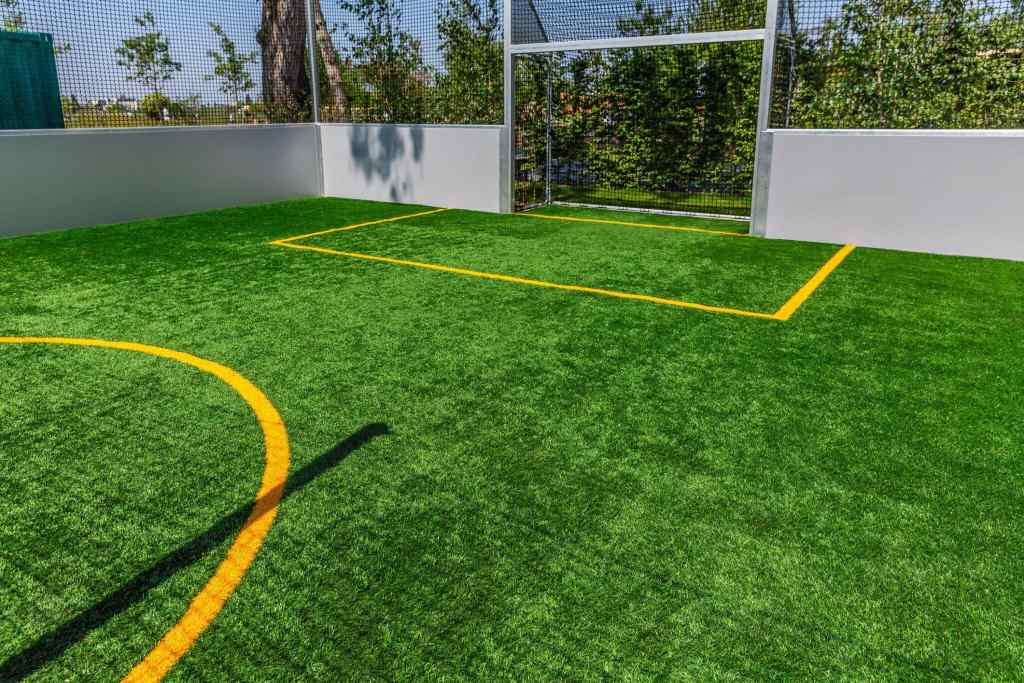
Conclusion
The widespread adoption of artificial turfs in diverse sports complexes heralds a new era of performance, safety, and sustainability. By offering a consistent playing surface, minimizing injury risks, and promoting environmental stewardship. Synthetic turfs have emerged as a cornerstone of modern sports infrastructure. As the demand for high-quality sports facilities continues to grow. Artificial turfs stand poised to redefine the landscape of athletic excellence for generations to come.
